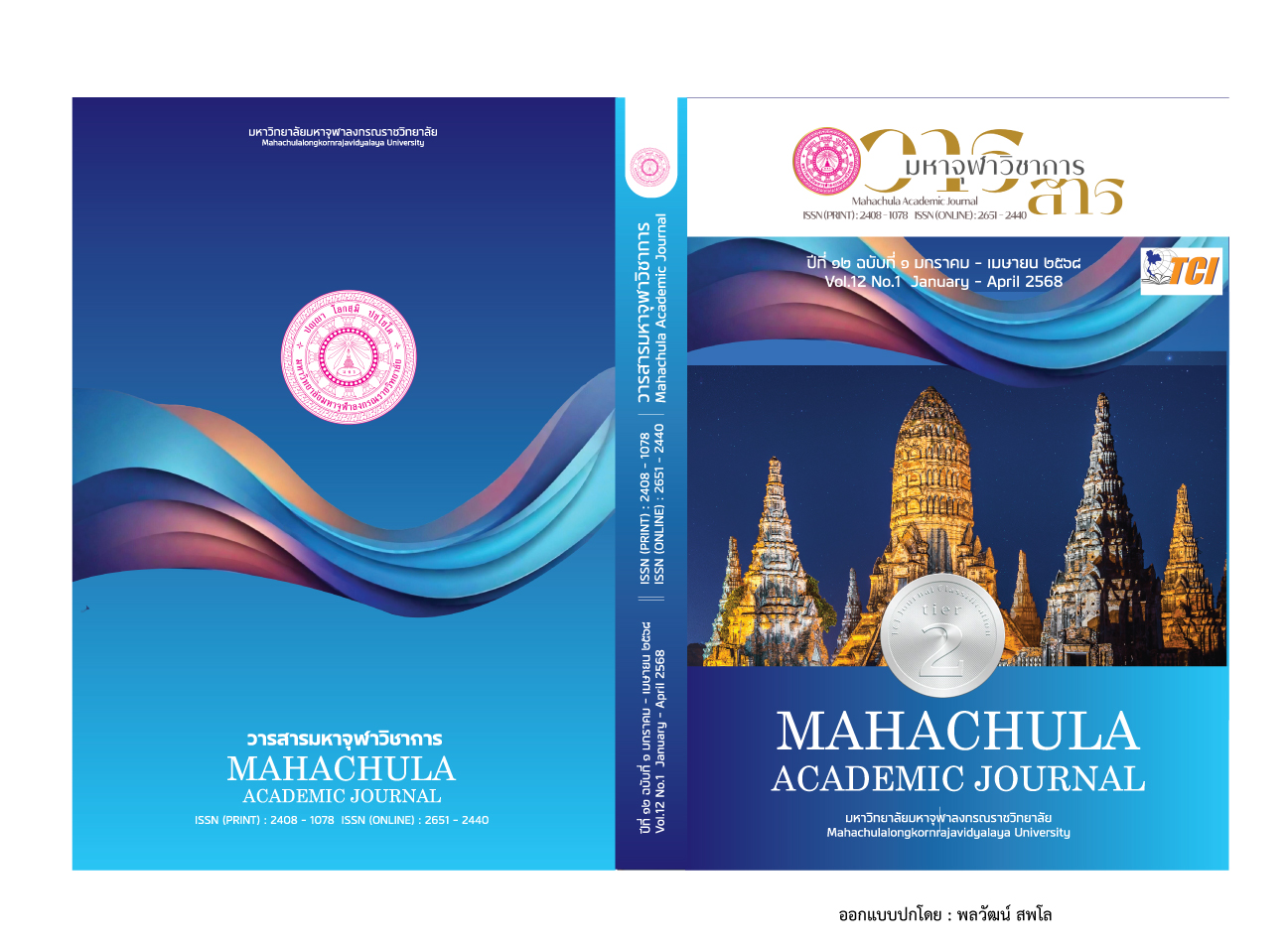Buddhist Places : Guidelines for the Development of Cultural and Intellectual Tourism to Become a Creative Economy in the Contemporary Cultural Era
Main Article Content
Abstract
Abstract
Buddhist Places are places related to the Lord Buddha or places related to Buddhism and have played a role in tourism since the time of the Buddha. They are a source of art and knowledge, including mural paintings, sculptures, architecture, and ancient herbal medicine recipes. They are places where people come to make merit, pay homage to sacred objects, or perform religious activities for good fortune, admire the beauty of both Buddhist Places and religious objects, as well as the pleasant environment. However, because Buddhist Places are valuable cultural heritages, they are Buddhist identities that have attracted tourists to visit continuously up until the present. All of the valuable Buddhist Places that are tourist attractions are therefore being developed to create economic value, be able to generate income, create jobs, and create religious identity and wisdom in 4 forms as follows: 1) Developing Buddhist Places into historical tourist attractions; 2) Developing Buddhist Places into cultural and traditional tourist attractions; 3) Developing Buddhist Places into religious tourist attractions; 4) Developing Buddhist Places into health, beauty, and wisdom tourist attractions.
Article Details

This work is licensed under a Creative Commons Attribution-NonCommercial-NoDerivatives 4.0 International License.

